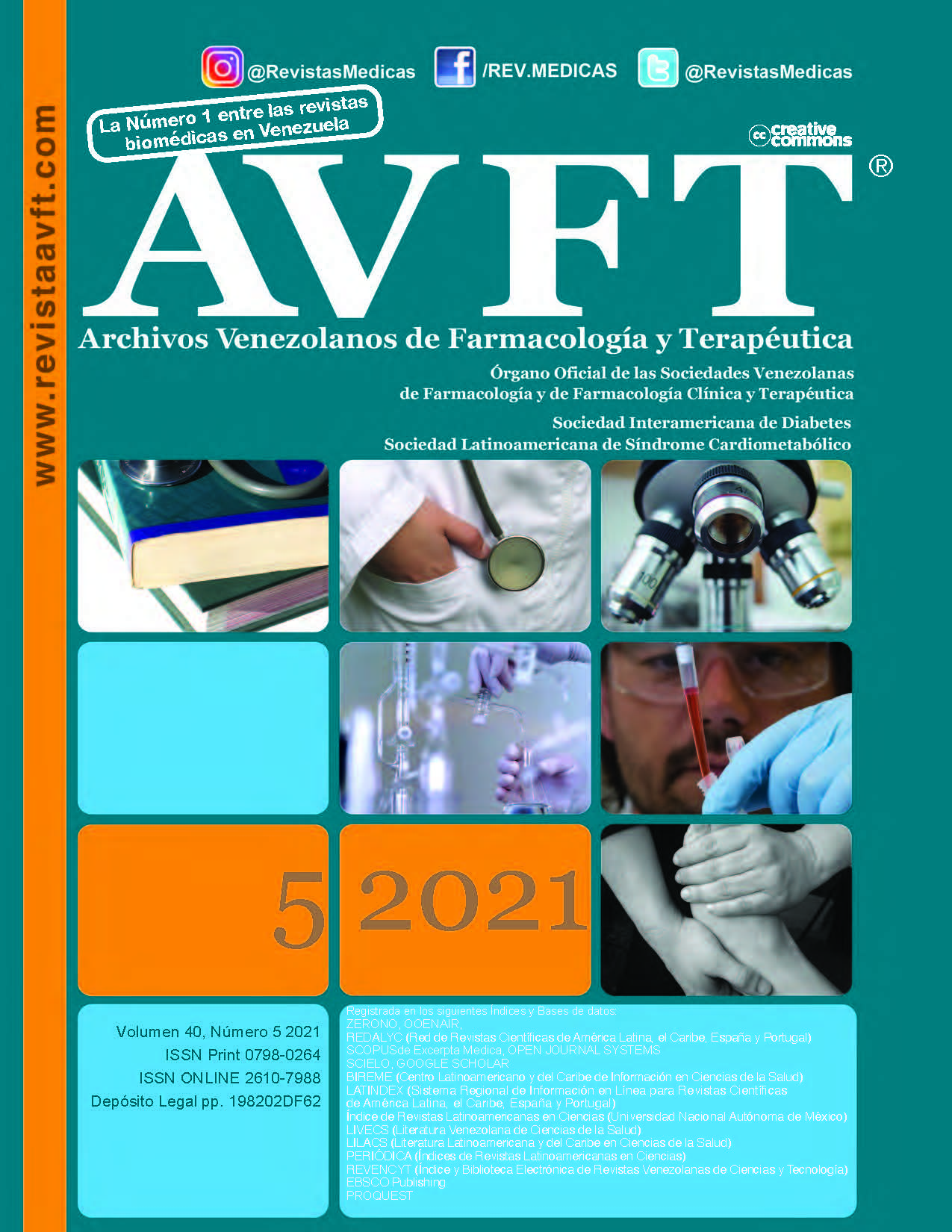Perfil microbiológico de muestras obtenidas de neonatos del Hospital Vicente Corral Moscoso, Ecuador
Abstract
Objective: To determine the microbiological profile of biological samples of neonates from Hospital Vicente Corral Moscoso, Ecuador. Materials and Methods: An observational, retrospective, and descriptive study was carried out in patients of the neonatology service who underwent some microbiological analysis in the aforementioned hospital during 2015; the clinical data were obtained of the medical records department. Results: Of the 343 microbiological reports, 32.4% (n=111) were rectal swabs, 22.7% (n=78) were blood cultures, and 14.3% (n=49) catheter tip culture. The main isolated microorganisms were Klebsiella pneumoniae (26.5%; n=91), Escherichia coli (20.7%; n=71), and Staphylococcus epidermidis (15.2%; n=52). Ampicillin (9.5%), trimethoprim sulfamethoxazole (7.2%), and cefazolin (6.4%) were the antibiotics that most commonly showed resistance. Conclusion: The microbiological samples from neonatal patients from the Hospital Vicente Corral Moscoso in Ecuador were mainly rectal swabs, with Klebsiella pneumoniae as the main isolated microorganism and with high resistance to ampicillin.
Keywords: antimicrobial resistance, neonatology, microbiology, infection.
Downloads
References
Fleischmann C , Reichert F , Cassini A, et al. Global incidence and mortality of neonatal sepsis: a systematic review and meta-analysis. Arch Dis Child. 2021; archdischild-2020-320217.
Coronell W, Pérez C, Guerrero C, Bustamante H. Sepsis neonatal. Revista de Enfermedades Infecciosas en Pediatría. 2009;XXIII(90):57-68.
Fleischmann-Struzek C, Mellhammar L, Rose N, et al. Incidence and mortality of hospital- and ICU-treated sepsis: results from an updated and expanded systematic review and meta-analysis. Intensive Care Med. 2020;46(8):1552-1562.
Tzialla C, Borghesi A, Pozzi M, Stronati M. Neonatal infections due to multi-resistant strains: Epidemiology, current treatment, emerging therapeutic approaches and prevention. Clin Chim Acta. 2015;451(Pt A):71-7.
Pino M, Ojeda B, Martínez M, et al. Comportamiento de la resistencia antimicrobiana en servicio cerrado de neonatología. MEDICIEGO 2013; 19 (1): 1-5.
Ponce C, Madrid W, Pineda I. Agentes bacterianos en la sepsis neonatal. Cuidados Intensivos Neonatales Hospital Mario Catarino Rivas. Acta Pediátrica Hondureña. 2015;6(2):479-485.
Lona JC, Verdugo M, Pérez R, et al. Etiología y patrones de resistencia antimicrobiana en sepsis neonatal temprana y tardía, en una Unidad de Terapia Intensiva Neonatal. Arch Argent Pediatr 2015;113(4):317-323.
Useche J, Núñez E, Torres H. Agentes implicados en infección neonatal nosocomial y patrones de sensibilidad antimicrobiana. Salus. 2012;16(3):33-39.
Cabrera A, Cáceres J. Bacterias causantes de sepsis neonatal y su perfil de susceptibilidad en el Hospital Vicente Corral Moscoso, 2015 – 2018. Proyecto de Investigación previa a la Obtención del título de Licenciado en Laboratorio Clínico. Cuenca, 2020.
Jiménez E, Valls N, Astudillo P, et al. Evaluación del consumo de antimicrobianos en una Unidad de Neonatología: un trabajo en equipo para promover el uso racional de antimicrobianos. Rev Chilena Infectol 2017; 34(6) 544-552.
Downloads
Published
How to Cite
Issue
Section
License
Copyright (c) 2023 AVFT – Archivos Venezolanos de Farmacología y Terapéutica

This work is licensed under a Creative Commons Attribution-NonCommercial-NoDerivatives 4.0 International License.




